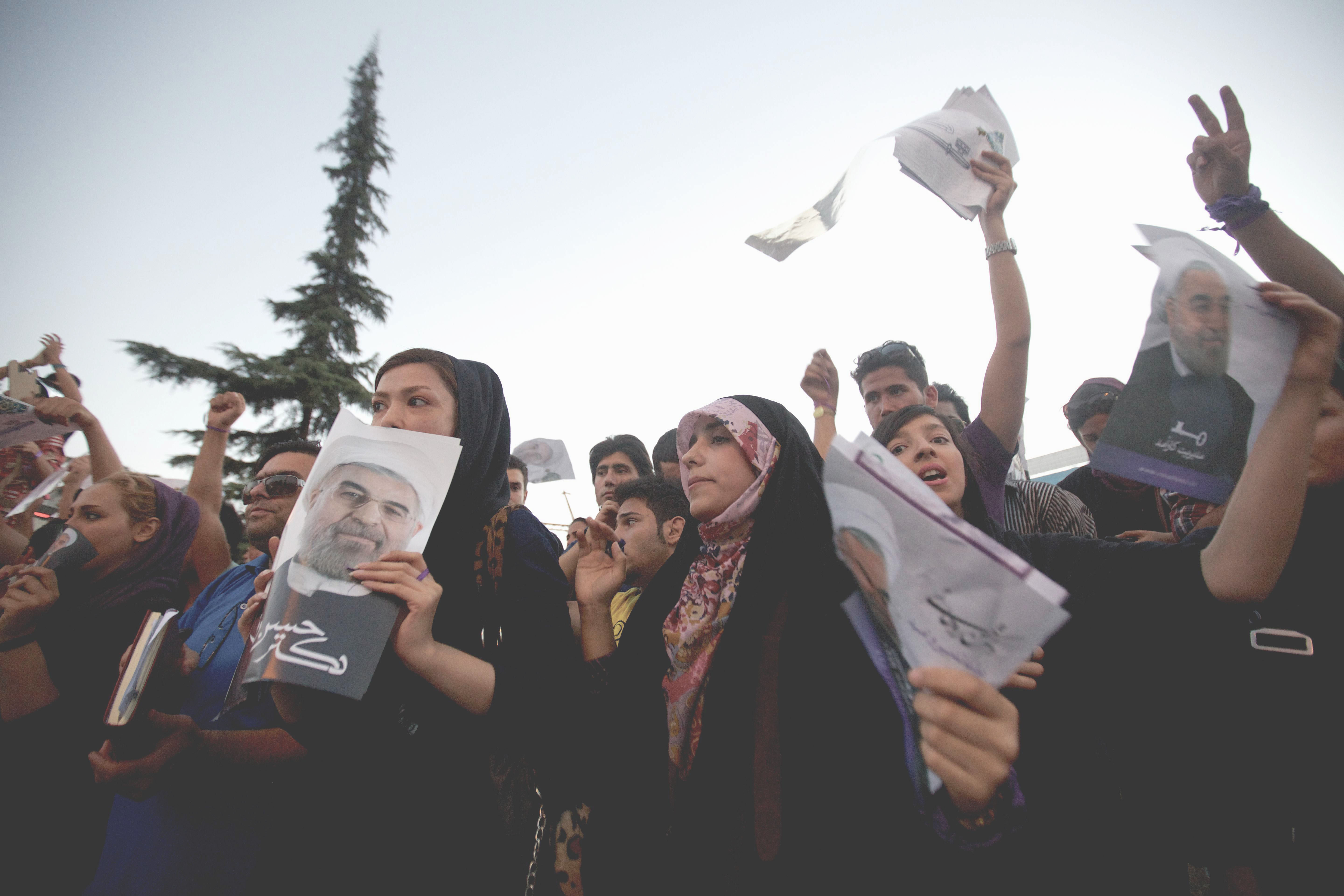For most of its 34-year history, Iran has been run by clerics serving not just as supreme leaders, but also as elected presidents, their turban-clad figures becoming familiar worldwide as Iran's public face.
However, the theocratic order, whose base is Qom, a dusty city about 150 km south of Tehran, has become increasingly divided, and the presidential election scheduled for Friday is revealing a dilution of its influence.
In past elections, powerful clerical associations, some established before the 1979 Islamic Revolution, guided clergymen and laymen in whom to vote for, offering clear endorsements of preferred candidates. More recently, politicians continue to actively court clerical support, but it is unclear how much it helps them at the ballot box.



















With your current subscription plan you can comment on stories. However, before writing your first comment, please create a display name in the Profile section of your subscriber account page.